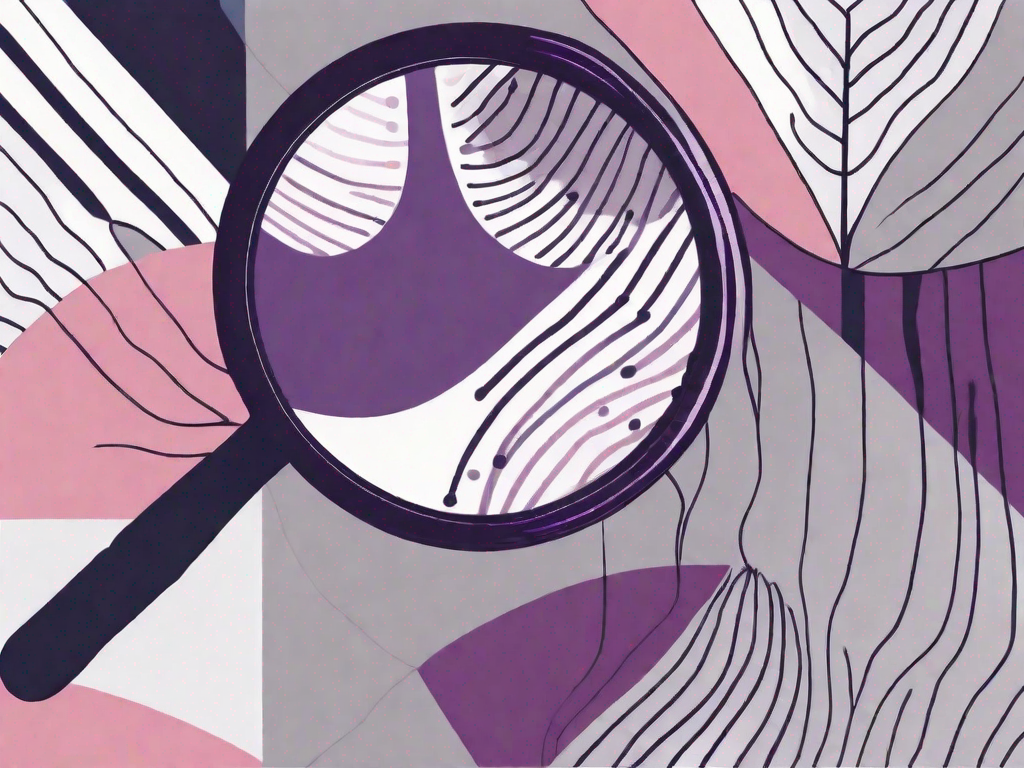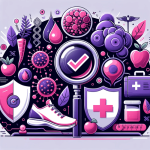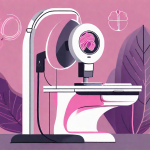Breast self-exams are the easiest tool for keeping a track of your breast-health. By regularly examining your breasts, you become familiar with their normal look and feel, making it easier to spot any changes that may occur. It’s a simple and effective method that every woman should incorporate into her routine. In this comprehensive guide, we will walk you through everything you need to know about breast self-exams and why they matter.
Why Breast Self-Exams Matter
Early detection is crucial when it comes to breast cancer. By performing regular self-exams, you increase your chances of identifying any potential abnormalities at an early stage. Early detection often leads to more treatment options and better outcomes. By taking control of your breast health through self-exams, you are empowering yourself in the fight against breast cancer.
When it comes to breast self-exams, knowledge is power. Understanding the normal look and feel of your breasts is essential in recognizing any changes or abnormalities. By becoming familiar with your own breast tissue, you can easily identify any new lumps, bumps, or changes in size or texture.
It is important to note that breast self-exams should not replace regular mammograms or clinical breast exams performed by healthcare professionals. These additional screening methods are essential in detecting breast cancer, especially in its early stages. However, self-exams serve as a valuable tool in between these screenings, allowing you to actively monitor your breast health.
Understanding Your Breast Anatomy
Before diving into the steps of performing a breast self-exam, it’s important to familiarize yourself with your breast anatomy. Breasts are comprised of fatty tissue, glandular tissue, and milk ducts. Understanding the different parts of your breasts will enable you to better identify any changes that may occur during your self-exam.
When performing a self-exam, you will be paying attention to changes in size, shape, texture, and any lumps or thickening in the breast tissue. It’s important to note that it’s normal for breasts to have some lumpiness or asymmetry, but any new changes or persistent abnormalities should be assessed by a healthcare professional.
How to Perform a Breast Self-Exam
Performing a breast self-exam is a straightforward process that involves a few simple steps. Here’s a step-by-step guide to help you through the process:
- Stand in front of a mirror with your shoulders straight and your arms at your sides. Take note of the size, shape, and color of your breasts. Look for any visible changes such as swelling, redness, or dimpling.
- Raise your arms and observe your breasts’ appearance from different angles. Look for any changes in contour or any fluid discharge.
- Lie down and place a pillow under your right shoulder. Use your left hand to examine your right breast. Using the pads of your fingers, move around your breast in a circular motion, from the outer edges towards the center. Be thorough, covering the entire breast and armpit area.
- Repeat step 3 while standing or sitting upright.
- Repeat steps 3 and 4 for your left breast.
Remember, consistency is key. Try to perform a breast self-exam once a month, ideally a few days after your period, when your breasts are less likely to be tender or swollen.
When Should You Perform Breast Self-Exams?
The timing of your self-exams is important. It is recommended to start performing regular breast self-exams in your 20s. Younger women may have denser breast tissue, which may make it slightly more challenging to detect changes. However, the practice of self-exams is still valuable.
As you age, your breast tissue may become less dense, making it easier to identify any abnormalities. Continuing self-exams throughout your life ensures you are proactive in maintaining your breast health, regardless of your age.
What to Look and Feel For
During your breast self-exam, you are looking for any changes or abnormalities. Here’s what you should be on the lookout for:
- Lumps or thickenings in the breast or underarm area.
- Changes in breast size or shape.
- Dimpling, puckering, or bulging of the skin.
- Nipple changes, such as inverted nipples or discharge.
- Redness or rash on the breast or nipple.
If you notice any of these changes, don’t panic. Not all changes indicate breast cancer, but it’s important to have them assessed by a healthcare professional to rule out any serious concerns.
When to Seek Medical Attention
If you discover a new lump, experience persistent pain, notice any pronounced changes in your breast, or have any concerns during your self-exam, it’s crucial to seek medical attention. Remember, it’s always better to be safe than sorry when it comes to your health.
Why it is important to be breast-aware, and even more important to be aware of your family health history
In addition to performing breast self-exams, it’s important to be breast-aware and knowledgeable about your family health history. By knowing your family’s medical background, specifically related to breast cancer, you can understand your potential risk and take necessary precautions.
Additionally, staying informed about breast health through reputable sources and regular check-ups with your healthcare provider will ensure you are proactive in maintaining your overall well-being.
Beyond Self Exams: The Role of Professional Screening and Mammograms
While breast self-exams are an excellent starting point, they are not a substitute for professional screening and mammograms. Mammograms can detect potential issues before they are noticeable through self-exams.
It is recommended to discuss with your healthcare provider when you should start having regular mammograms, based on factors such as age, family history, and personal risk factors. Professional screenings augment the information you gather from self-exams, providing a comprehensive approach to breast cancer screening.
Remember, early detection saves lives. By incorporating breast self-exams into your routine and seeking professional screening when appropriate, you are taking proactive steps in protecting your breast health and overall well-being.






